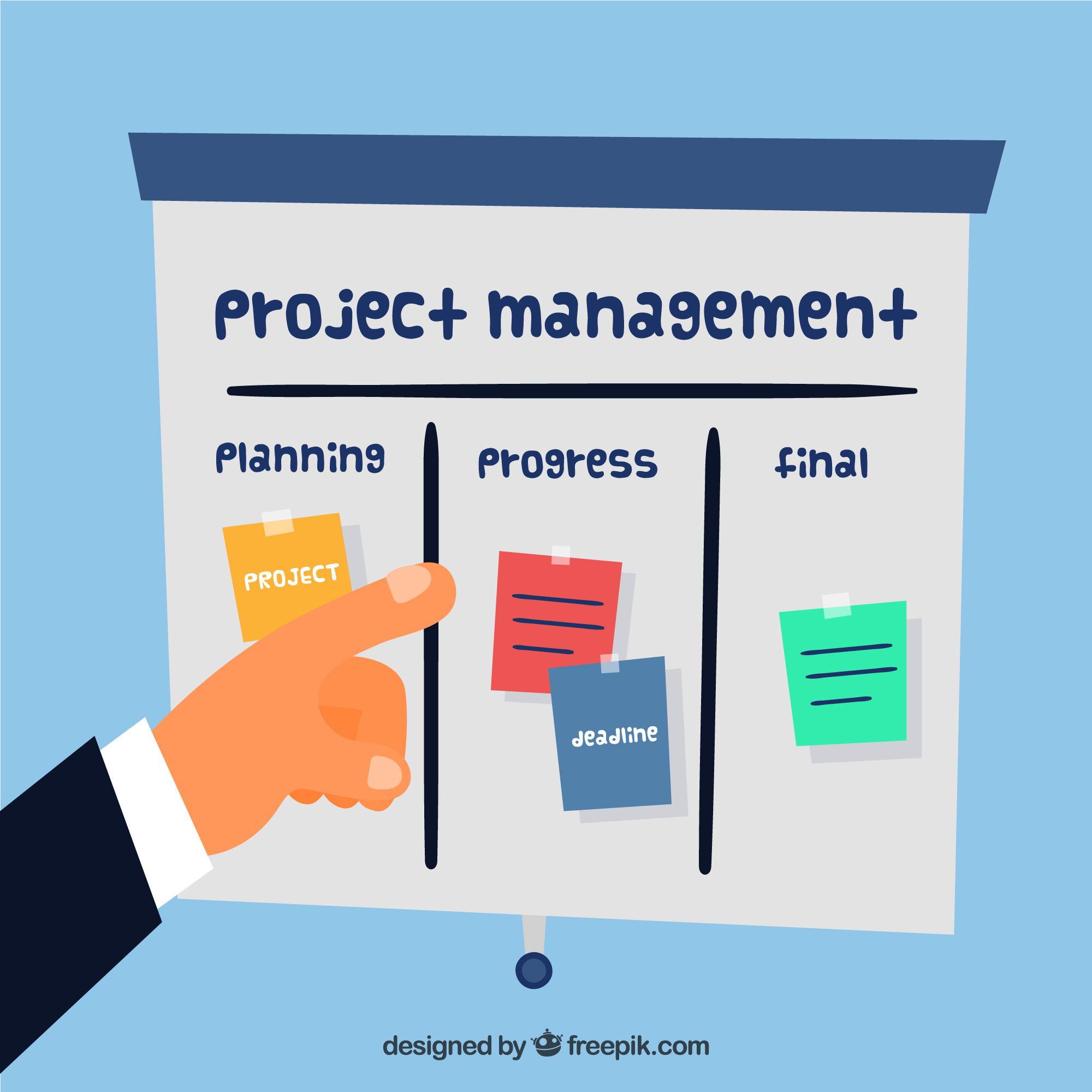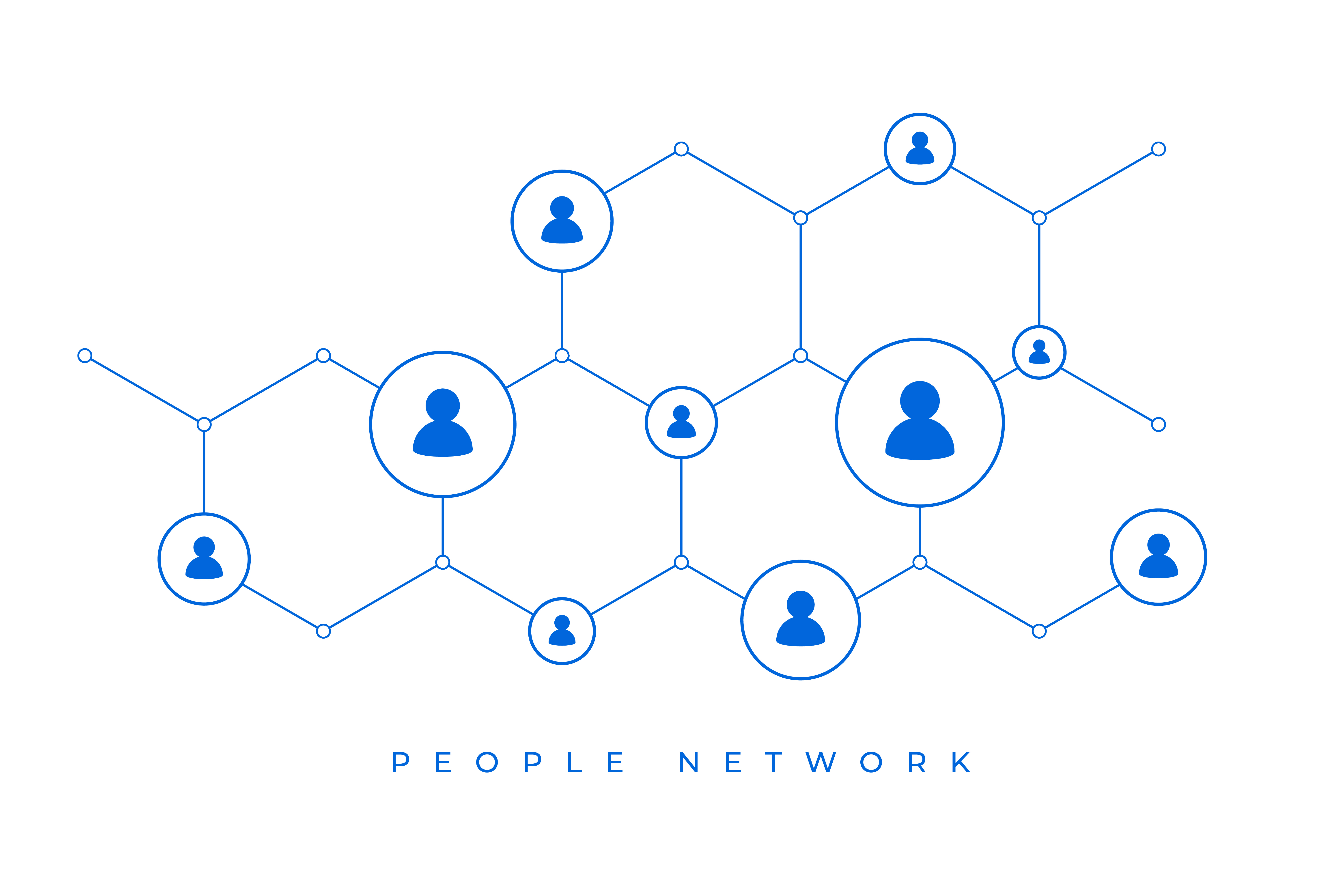Emerging Leaders: Cultivating Leadership Skills Early in Your Career
- Author :
- Date : 09 Aug 2025
- Time : 9 Min to read

Emerging Leaders: Cultivating Leadership Skills Early in Your Career
Young professionals are increasingly stepping into roles that demand leadership, influence, and strategic thinking. In today's competitive job market, emerging leaders can accelerate career growth by proactively building leadership capabilities. Whether you're a recent graduate, aspiring manager, or project coordinator, identifying opportunities to lead, influence teams, and innovate can set you apart. This comprehensive guide offers practical strategies for taking initiative, developing leadership competencies, and advancing in your organization from an early career stage.
Why Early Leadership Matters
- Instills confidence and visibility among peers and supervisors
- Demonstrates initiative and ownership essential for career progression
- Enhances transferable skills such as communication, decision making, and team collaboration
- Enables you to experiment with leadership styles and approaches
- Paves the way for future promotions and roles on cross-functional or strategic projects
1. Take Initiative on Small Projects
You don't need a formal title to lead. Here's how to start:
- Volunteer to organize internal workshops, team meetings, or brown bag sessions
- Lead documentation projects such as process guides or training resources
- Pitch a mini-initiative like creating a monthly metrics dashboard or team newsletter
- Offer to mentor or peer coach new hires on shared tools or workflows
These actions demonstrate ownership, teach organizational skills, and showcase leadership potential.
2. Champion Cross-Functional Collaboration
Emerging leaders excel at building bridges:
- Coordinate informal working groups on tasks like process improvement or knowledge sharing
- Serve as liaison between departments such as marketing, product, finance, or HR
- Volunteer to facilitate team discussions, stand-ups, or brainstorming sessions
- Collect feedback from colleagues and present aggregated insights to leadership teams
By acting as connectors, you enhance visibility and grow your influence.
3. Develop Communication and Presentation Skills
Effective leaders are effective communicators:
- Practice delivering short presentations or demos at team calls
- Author articles or internal blog posts sharing process improvements or industry trends
- Facilitate user feedback sessions or focus groups for real projects
- Train in public speaking, slide design, or storytelling techniques to elevate delivery
These skills reinforce leadership presence and help you stand out in collaborative environments.
4. Seek Mentorship and Role Models
Guidance accelerates growth:
- Identify mentors from senior roles who share insights on leadership habits
- Engage in reverse mentoring to exchange fresh perspectives with senior leaders
- Schedule monthly or quarterly check-ins to review goals, receive feedback, and align expectations
Mentorship nurtures self-awareness and accelerates leadership competency development.
5. Build Emotional Intelligence and Self Awareness
Leadership starts with understanding yourself and others:
- Practice active listening in meetings to build rapport and respect
- Adapt communication styles based on individual or cultural differences
- Manage feedback gracefully and model vulnerability to foster trust
- Reflect post-meeting and ask "How did I impact the team and how can I improve?"
Emotional intelligence helps leaders motivate teams, manage conflict, and build stronger relationships.
6. Volunteer for Training and Facilitation Roles
One of the most effective ways to grow as an emerging leader is to train and coach others. At MentoraX our Training of Trainers (ToT) course enables professionals to learn facilitation techniques, adult learning best practices, and presentation skills in a classroom setting. In the ToT classroom you will practice:
- Delivering structured sessions on workplace topics
- Leading peer learning groups through exercises and discussions
- Receiving feedback to enhance facilitation and communication presence
By becoming a trainer yourself, you model leadership, boost your credibility, and expand your impact in any organization.
7. Embrace Leadership in Informal Contexts
Take leadership beyond formal roles:
- Initiate Slack or Teams channels around shared interests like industry trends or book clubs
- Organize project retrospectives to review lessons learned and process improvements
- Host virtual or in-person mixers, team lunches or brainstorming events
Leading from anywhere builds influence, culture and connection across teams.
8. Adopt a Strategic and Growth Mindset
Emerging leaders focus beyond tasks to long-term goals:
- Propose improvements to workflows, onboarding, or team communication
- Anticipate roadblocks and propose solutions before issues arise
- Monitor industry trends and suggest ways to apply them to current work
Approaching problems strategically and proactively positions you as a forward-thinking leader.
9. Track Leadership Metrics and Progress
Measure your growth over time:
- Maintain a leadership journal summarizing coaching, facilitation, or problem-solving experiences
- Track how many sessions you have led, team projects you influenced, or trainings you delivered
- Monitor feedback from peers and supervisors
- Map your leadership contributions to business outcomes like engagement, efficiency, or performance improvement
10. Adapt and Evolve Leadership Style
Every leadership moment builds new insight:
- Reflect on what energized and challenged you
- Solicit continuous feedback to discover strengths and areas for growth
- Experiment with mentoring, conflict management, delegation, and decision making
- Commit to continuous leadership learning through books, courses, podcasts, and peers
Leadership Growth Roadmap for Emerging Professionals
| Stage | Actions and Goals |
|---|---|
| Initiate | Volunteer for small tasks, lead workshops, build relationships |
| Connect | Facilitate cross-functional teams, coordinate forums, gather stakeholder input |
| Communicate | Present findings, author content, practice message clarity |
| Mentor and Train | Mentor new colleagues, attend ToT training, lead peer workshops |
| Formalize | Lead larger projects, communicate strategy, develop others |
| Scale | Align leadership impact with business goals, adjust approach for scale challenges |
Final Takeaways
Leadership is not reserved for those with titles. By taking initiative, facilitating collaboration, honing your communication, and practicing emotional intelligence, emerging leaders elevate their professional value while accelerating personal growth. Training programs like MentoraX's Training of Trainers (ToT) course provide structured pathways to build confidence, facilitation mastery, and leadership presence.
Start today by noticing leadership opportunities around you, volunteering to solve problems, and engaging actively in skill development. Your emerging leadership sets the stage for continued success and impact throughout your career.
Related Posts




09 Aug 2025 • 11 Min Read
The Importance of Mentoring: How to Find a Great Mentor and How to Be One
None



09 Aug 2025 • 12 Min Read
The Art of Salary Negotiation: What Every Young Professional Should Know
None







09 Aug 2025 • 8 Min Read
Building a Personal Brand in the Digital Age: A Guide for New Professionals
None



